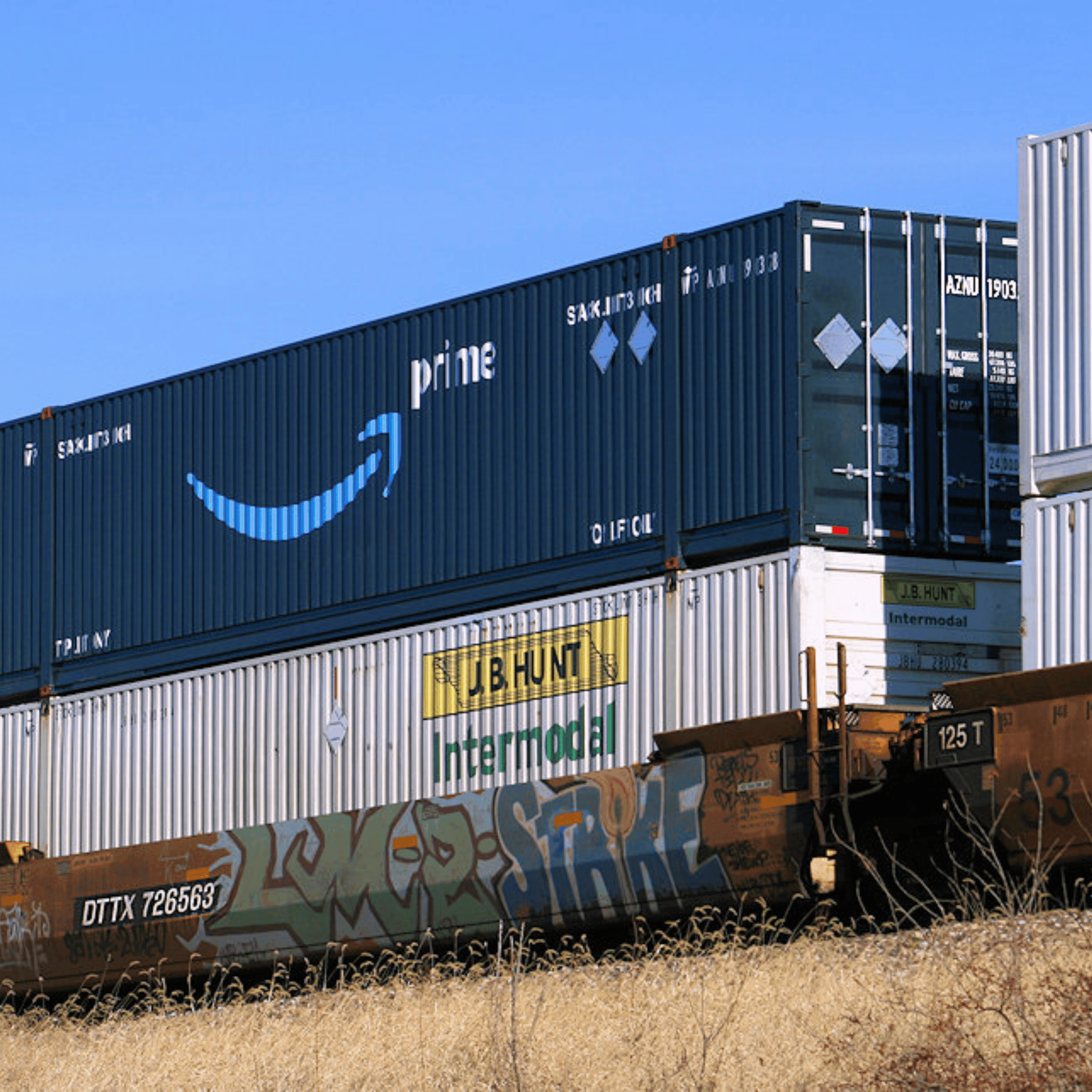The landscape of ecommerce is rapidly evolving, with 2024 set to introduce and solidify trends that cater to the increasingly digital, personalized, and environmentally conscious consumer base. This comprehensive overview draws from insights across the industry to highlight the pivotal trends shaping the future of online retail.
Sustainability at the Forefront
Sustainability is no longer a niche market concern but a mainstream consumer demand. As the impacts of climate change become more apparent, consumers are actively seeking out eco-conscious options, willing to pay a premium for sustainable goods. However, the challenge for ecommerce businesses lies in authentic engagement with sustainability practices to avoid skepticism around greenwashing. Demonstrating meaningful progress towards sustainability targets is essential to retain consumer trust, especially among younger demographics who prioritize brand values alignment.
Personalized Customer Service
The era of one-size-fits-all customer service is over. Consumers now expect highly personalized experiences throughout their journey, including interactions with customer service. Personal preferences, transaction history, and previous service interactions should inform how businesses engage with their customers, turning customer service into a critical extension of the brand’s identity.
Voice Search and Mobile-First UX
Voice search is becoming increasingly prevalent, with a significant portion of U.S. internet users utilizing voice assistants monthly. Ecommerce brands must optimize their sites for voice commerce, focusing on natural language processing to cater to how real people talk about their products. Alongside voice search, the shift towards a mobile-first approach in UX design is undeniable. With a vast majority of consumers shopping on their smartphones, ecommerce experiences must be designed with mobile users in mind, employing technologies like fingerprint and facial recognition for simplified transactions.
The Rise of Social Commerce
Social media platforms are transforming from promotional tools to direct sales channels. With a significant percentage of social media users open to purchasing through these platforms, integrating ecommerce capabilities into social media strategies is becoming crucial. This trend is facilitated by features like Instagram Shops, allowing businesses to sell products directly within the platform.
Augmented Reality (AR) and Virtual Reality (VR)
AR and VR technologies are making ecommerce more immersive, helping consumers overcome the barrier of not being able to “try before you buy.” These technologies allow customers to visualize products in their space or try on items virtually, significantly boosting consumer confidence in online purchases.
Livestream Shopping and Same-Day Delivery
Livestream shopping is gaining traction, offering a more interactive and immersive shopping experience reminiscent of traditional TV shopping channels but on social media platforms. Meanwhile, consumer expectations around delivery speeds are escalating, with a growing demand for same-day or next-day delivery options. Ecommerce businesses are adapting by improving their logistics and fulfillment strategies to meet these expectations.
Automation and Chatbots
The adoption of chatbots and automation in ecommerce is streamlining customer service and sales processes. Brands like Domino’s use chatbots for full-menu ordering on platforms like Facebook Messenger, showcasing the potential of these technologies to enhance the shopping experience and meet consumer demands for efficiency and convenience.
Evolving Consumer Spending in Light of Inflation
Inflation is prompting changes in online spending habits, with consumers becoming more deliberate and value-focused in their purchases. Ecommerce businesses are responding by offering easy returns, budget-friendly options, and emphasizing value beyond cost savings, such as through ethical and sustainable practices.
The Integration of Online and Offline Shopping
The boundaries between online research and offline purchases are blurring, with trends like ROPO (research online, purchase offline) and BOPIS (buy online, pick up in-store) becoming more prevalent. This integration challenges retailers to effectively track and understand consumer journeys across digital and physical realms.
These trends highlight the dynamic nature of the ecommerce industry, underlining the importance of adaptability, technological integration, and customer-centric strategies for businesses aiming to thrive in 2024 and beyond.






